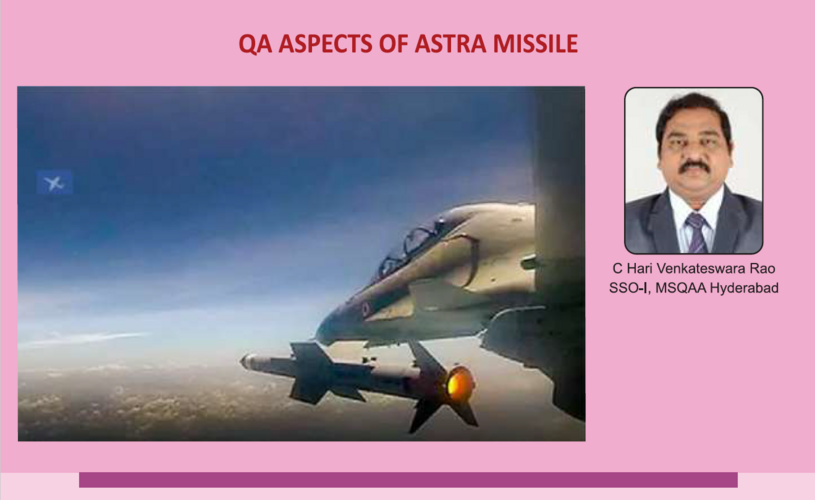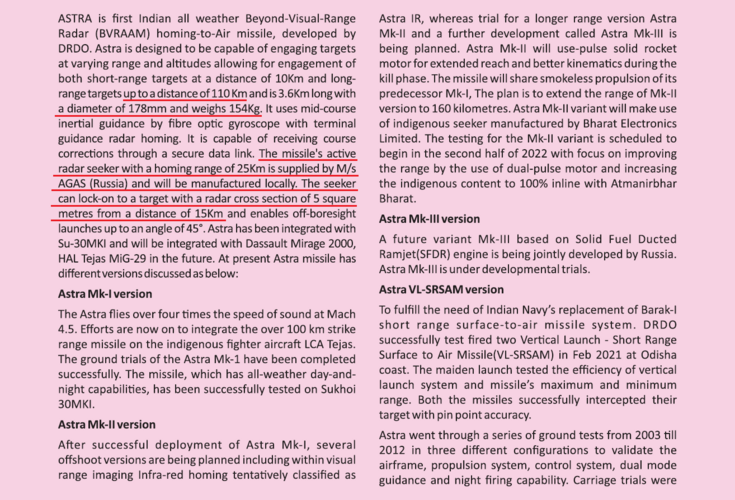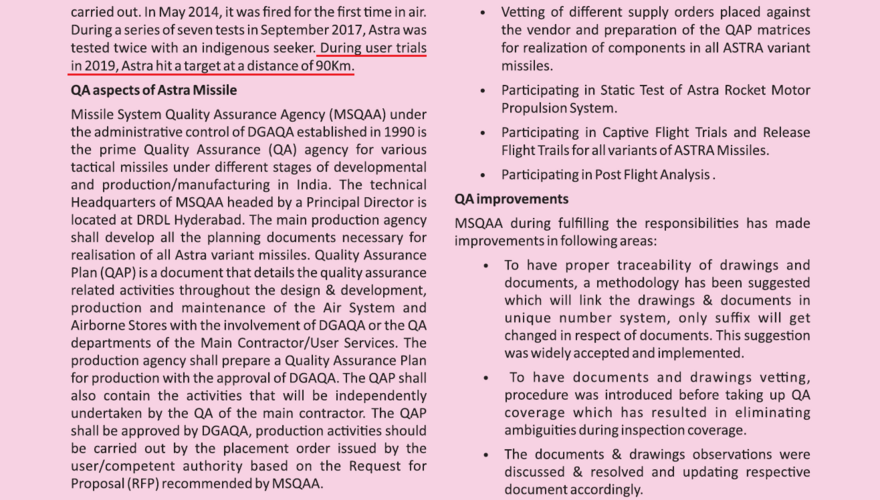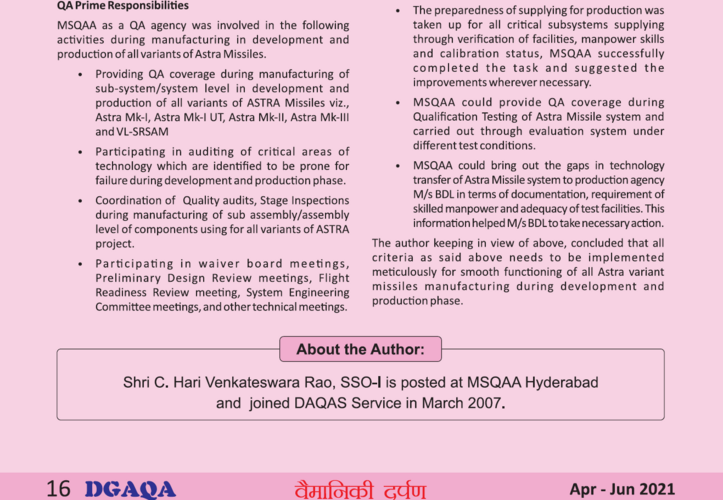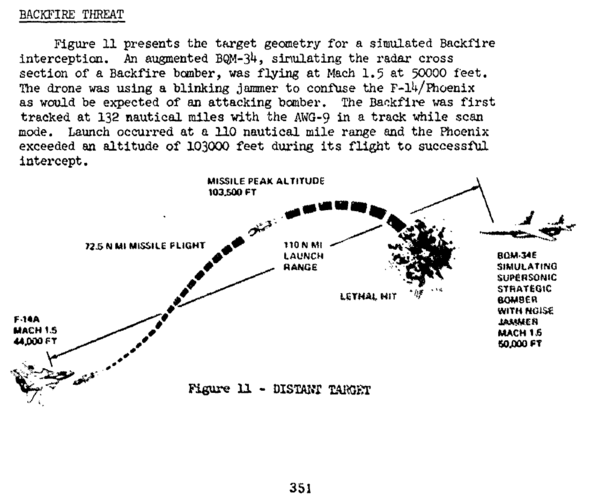bakofbakchods
ACCESS: Restricted
- Joined
- 29 January 2022
- Messages
- 37
- Reaction score
- 87
Update: India sanctions Tejas Mk 2 fighter project
The Indian government has officially approved the Tejas Mk 2 fighter aircraft. The project has been sanctioned with INR66.17 billion (USD827 million) in funding.
www.janes.com
A$1.4 billion funding has been secured for Mk-2 at last. ADA had a ~$400 million grant in 2009 for the original Mk-2 project. The CDR of that was rejected by the IAF around 2014. The current Mk-2 development was restarted sometime in 2017/18 and has been running on whatever leftover funds remained from the first project

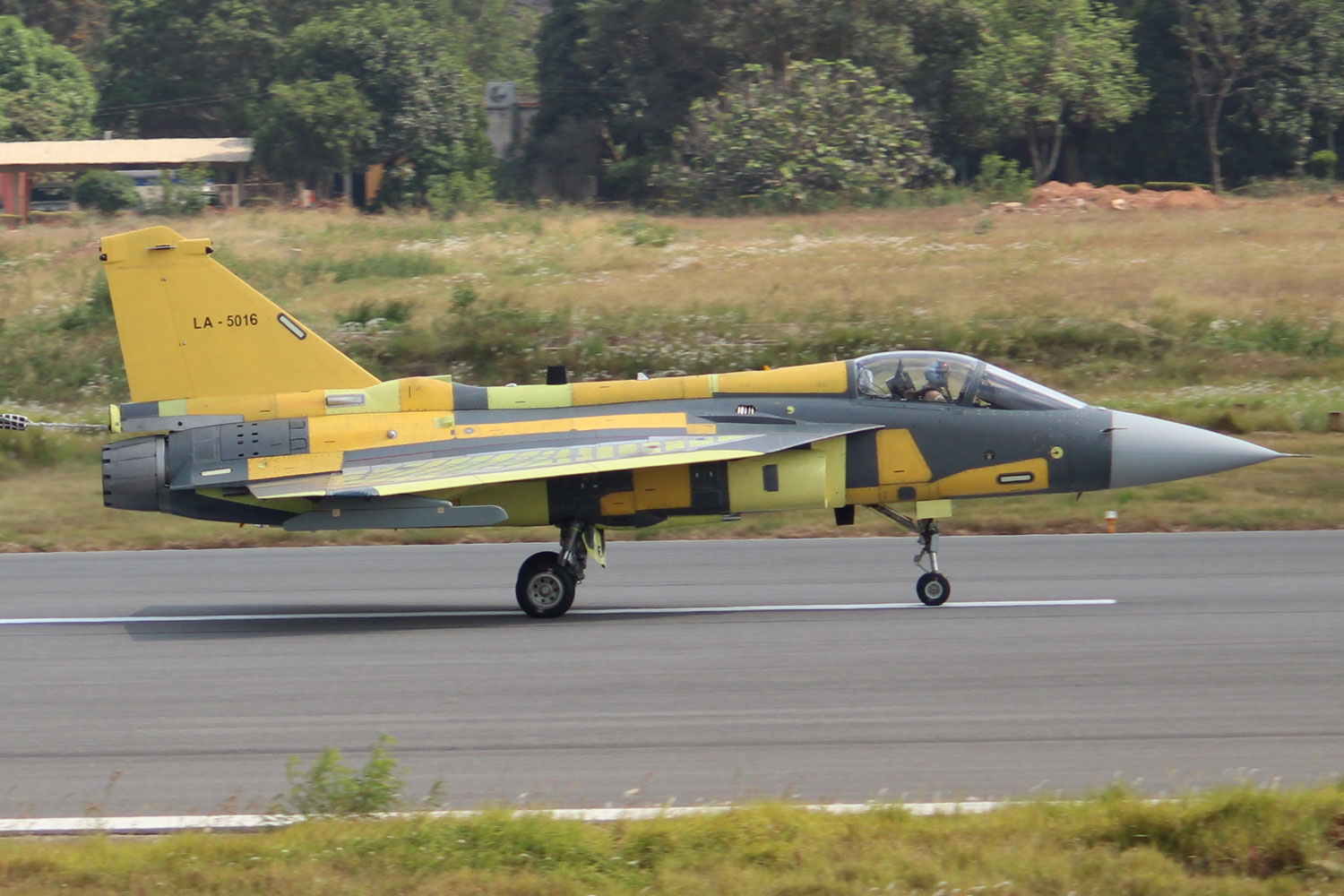
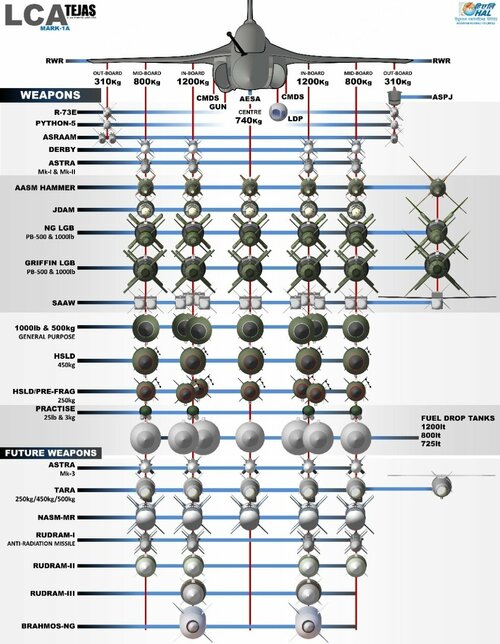
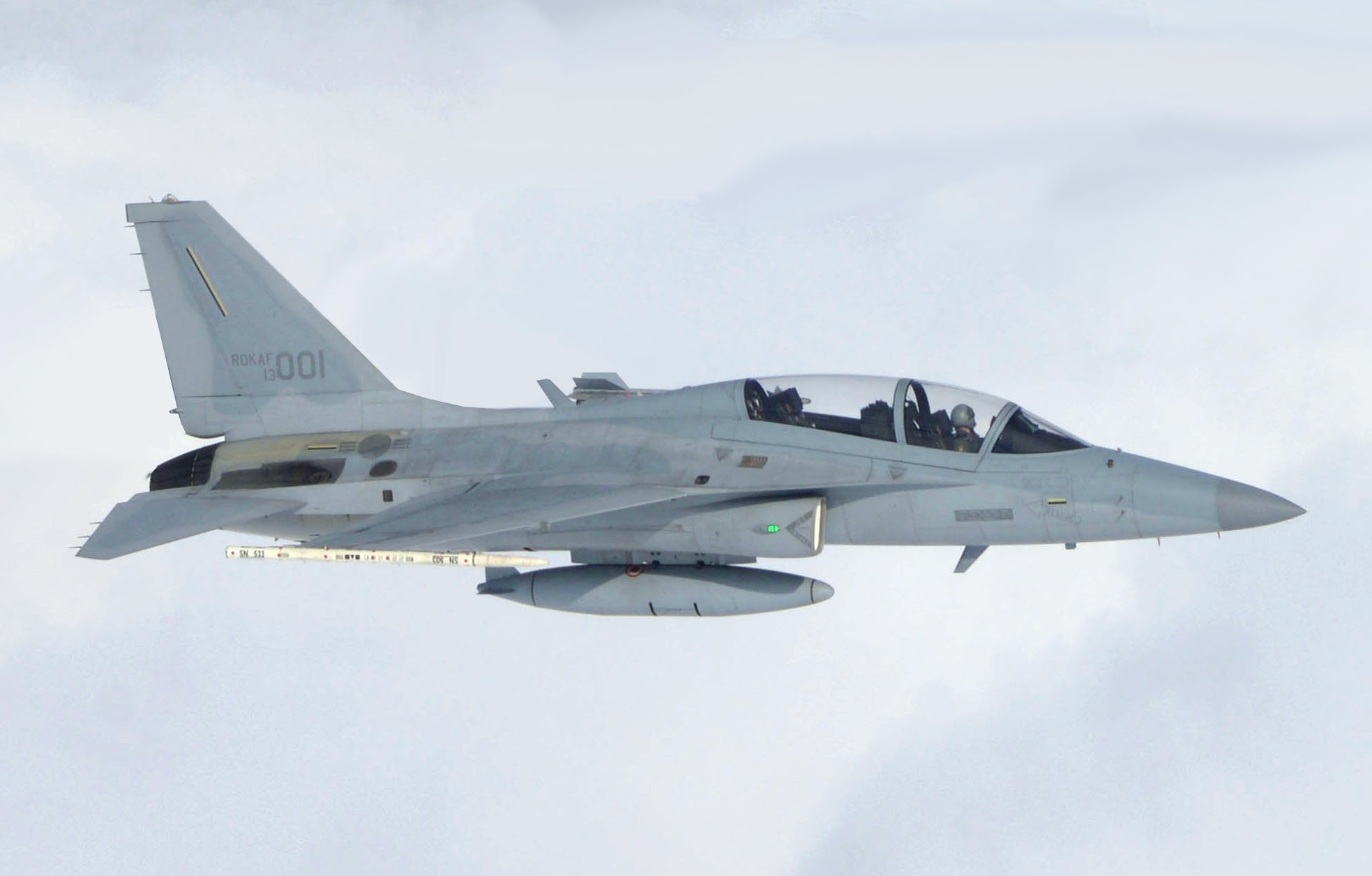

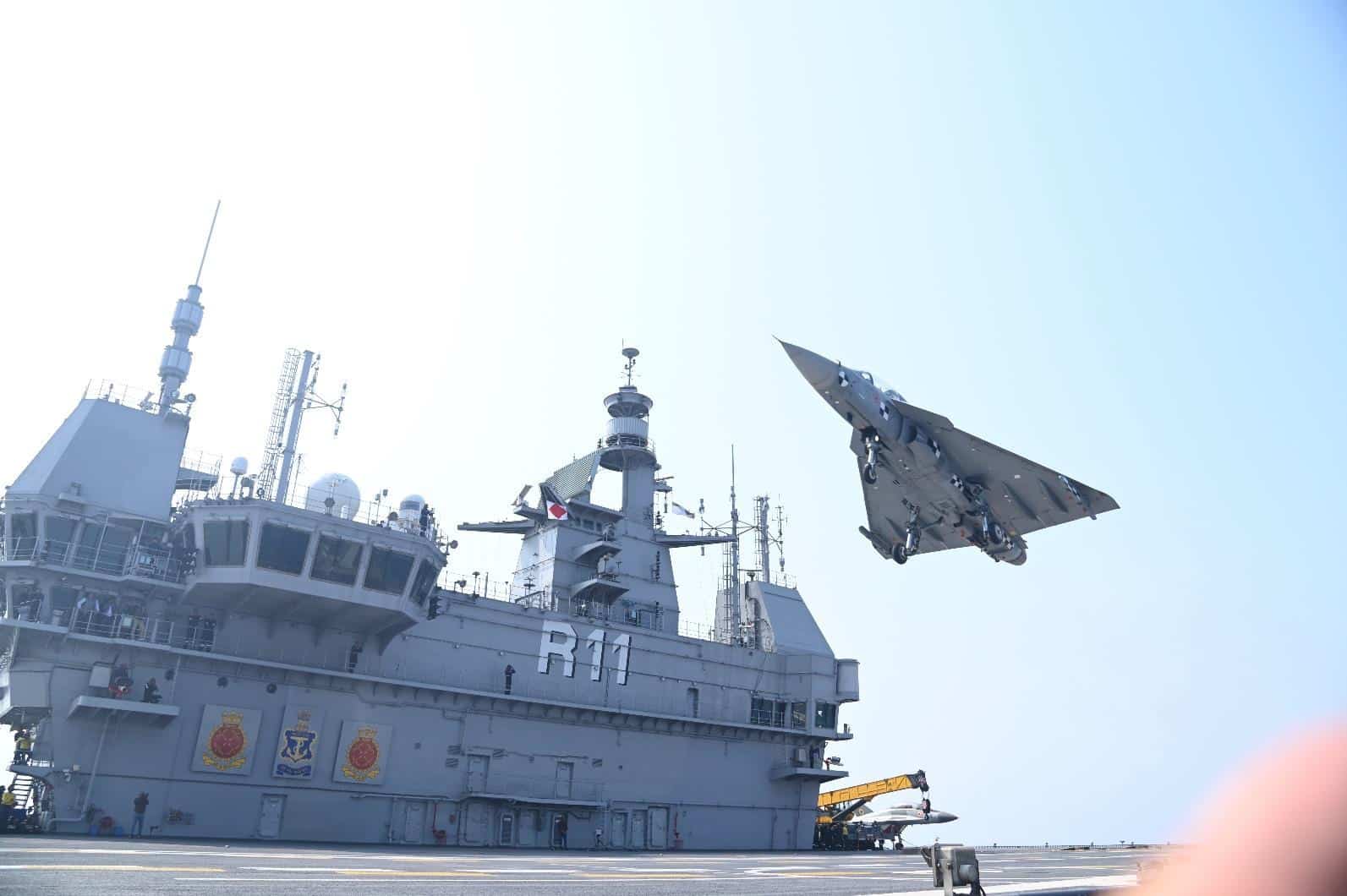
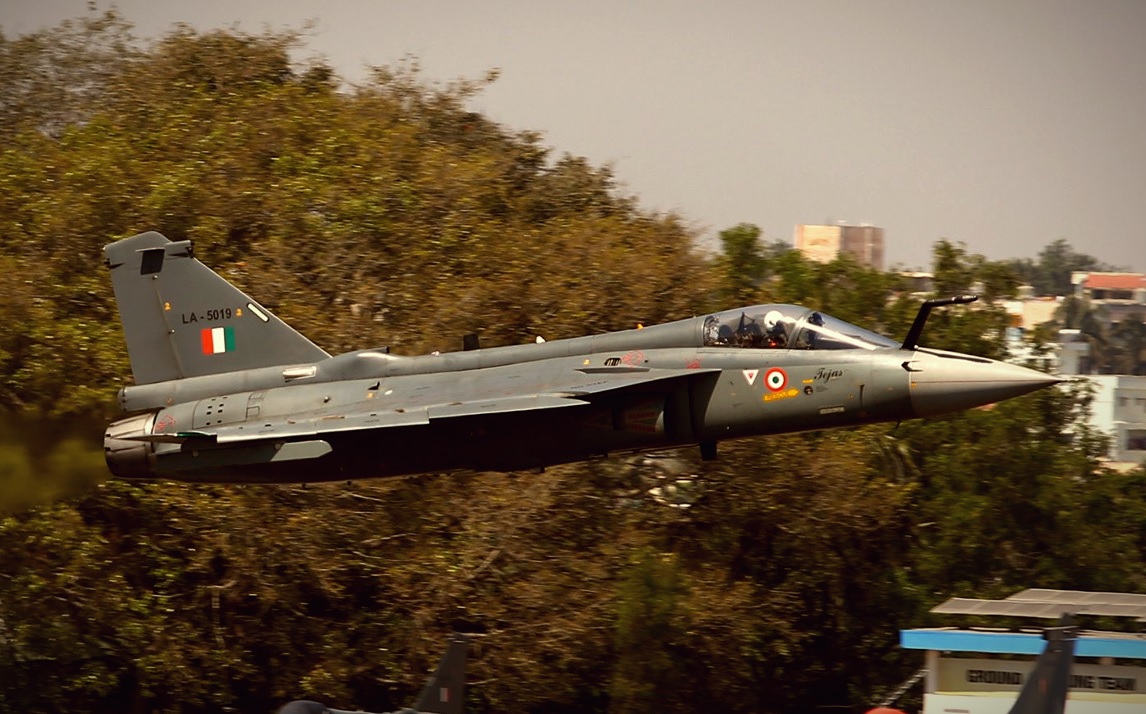
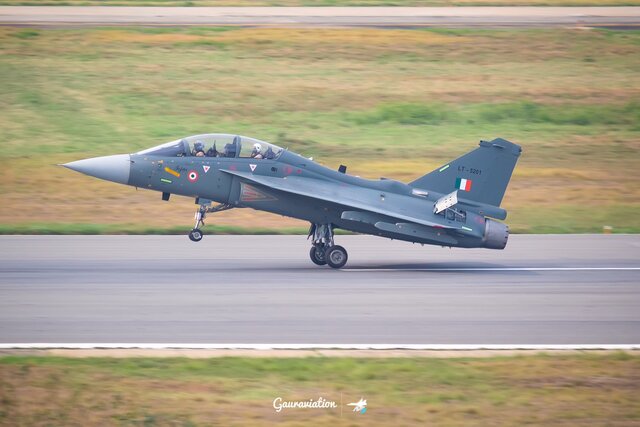
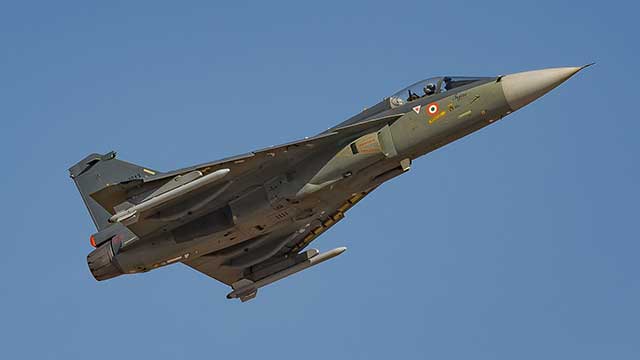
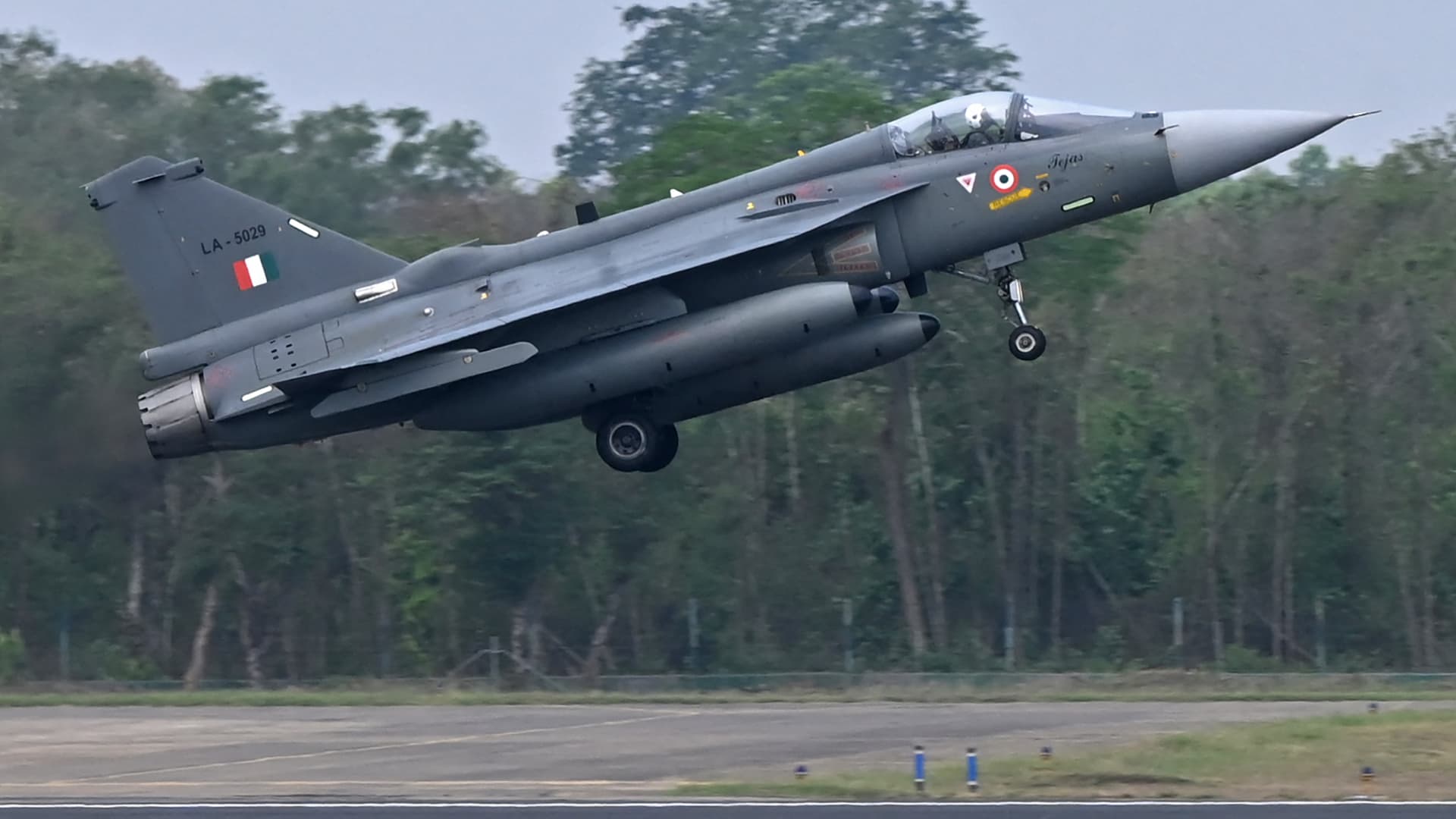


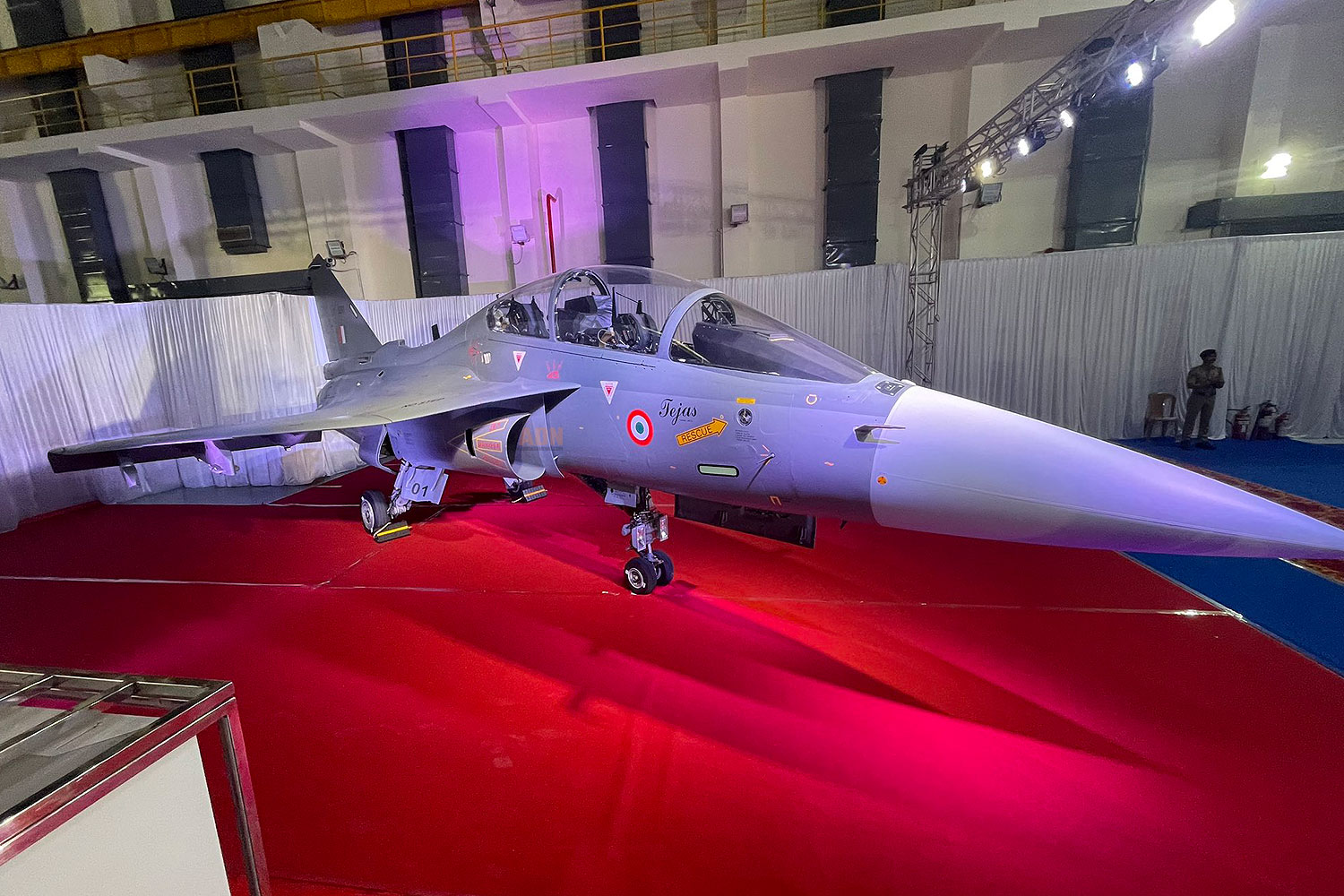
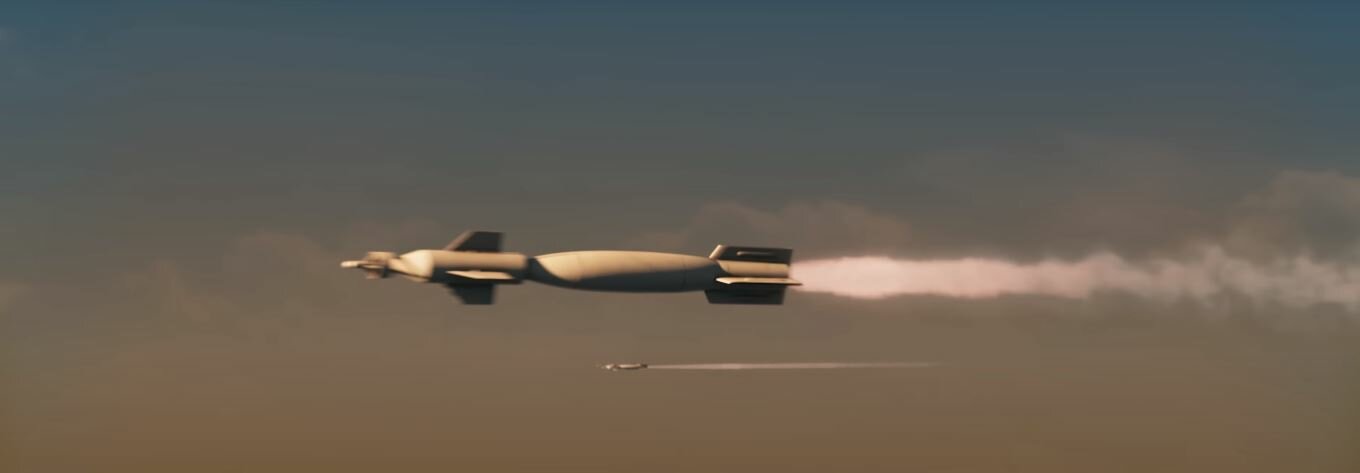
![Global_Defender_01[1].png Global_Defender_01[1].png](https://www.secretprojects.co.uk/data/attachments/245/245318-9e5a929489cc581ecd2164534c90099c.jpg)
